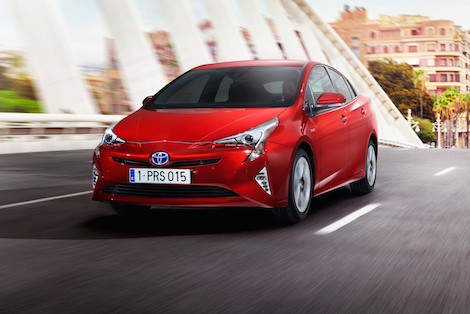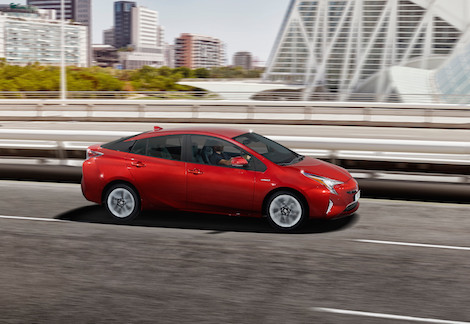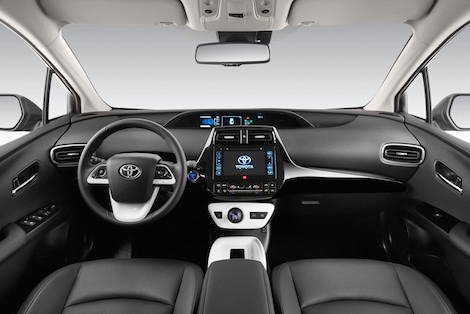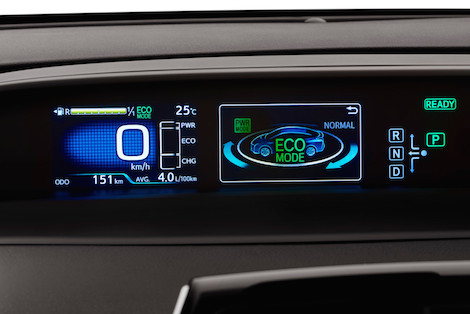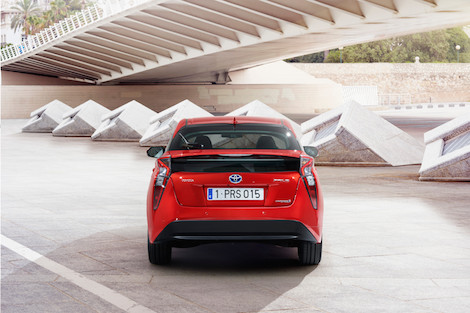Here it is, the fourth generation of the world's best-selling hybrid, the Toyota Prius.
It's the first Toyota to be made using the Japanese company's New Generation Architecture chassis, which Toyota hopes will do for it what the famous MQB platform is doing for Volkswagen. It's lighter, cheaper to build than the old platform and much more adaptable. It gets a more complex double-wishbone suspension setup at the rear (the old Prius had simpler torsion bars) while there are McPherson struts at the front.
It's 60mm wider than before, 15mm wider and 20mm lower, and shares a lot of design cues with the hydrogen powered Mirai, especially with that Batmobile-style sweep up at the rear. Toyota says it has a lower centre of gravity than before and more space in the cabin. The interior keeps to a similar theme as that of the old Prius - the instruments are centrally mounted in a slim binnacle, with a large centre console containing a new-generation touchscreen with the usual connectivity and smartphone refinements.
What's not changing much is the drivetrain. Instead of trying to make the Prius hugely more efficient or quicker, Toyota has concentrated on reducing the size and weight of the hybrid system, but keeping performance and economy broadly similar. So it uses the same 1.8-litre Atkinson-cycle petrol engine as before, tied into the electric hybrid module. Once again, the Prius is using old-fashioned nickel batteries, but there are rumours that one of the options will be an upgrade to a more modern, more powerful lithium-ion setup.
The basic model sticks with nickel batteries because they're cheaper to build and hugely reliable. Toyota isn't issuing any tech figures until the car is officially revealed at the Frankfurt Motor Show next week, but it has spoken of an economy and emissions improvement of around 10 per cent. That should see emissions drop below 80g/km and combined fuel economy stretch above 80mpg.
Prius global chief engineer Kouji Toyoshima said nearly every aspect of Prius has been improved to create a car that will appeal to the senses in its own right, above its well-recognised green credentials - "There is much more to the new Prius than a green image. From the bold design to the quality interior, the Prius has never had such a powerful presence". "We have developed an even-better Prius by expanding its environmentally sensitive DNA while ramping up its desirability with an emotional design and an engaging drive. It offers a new perspective of what a hybrid can be."


